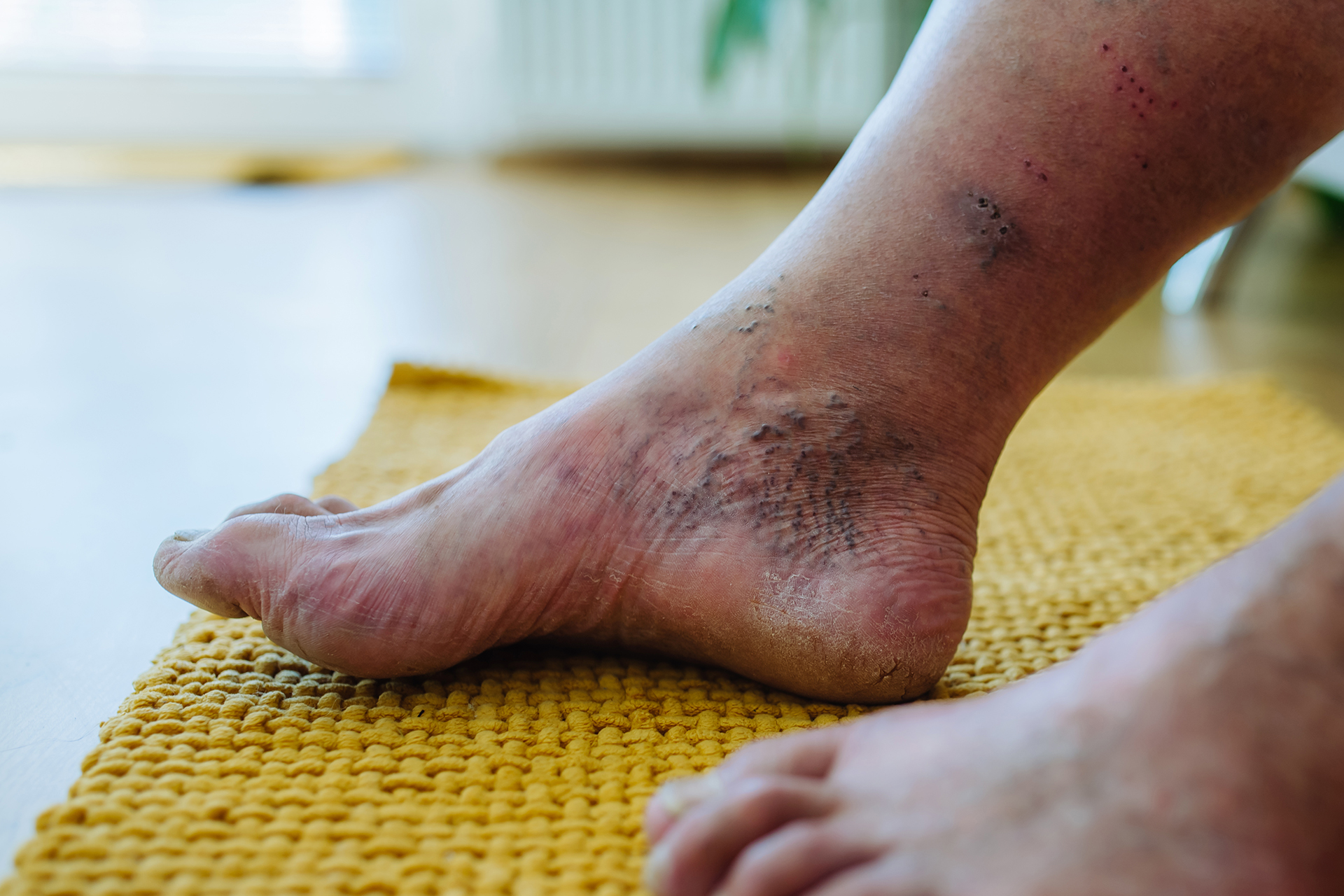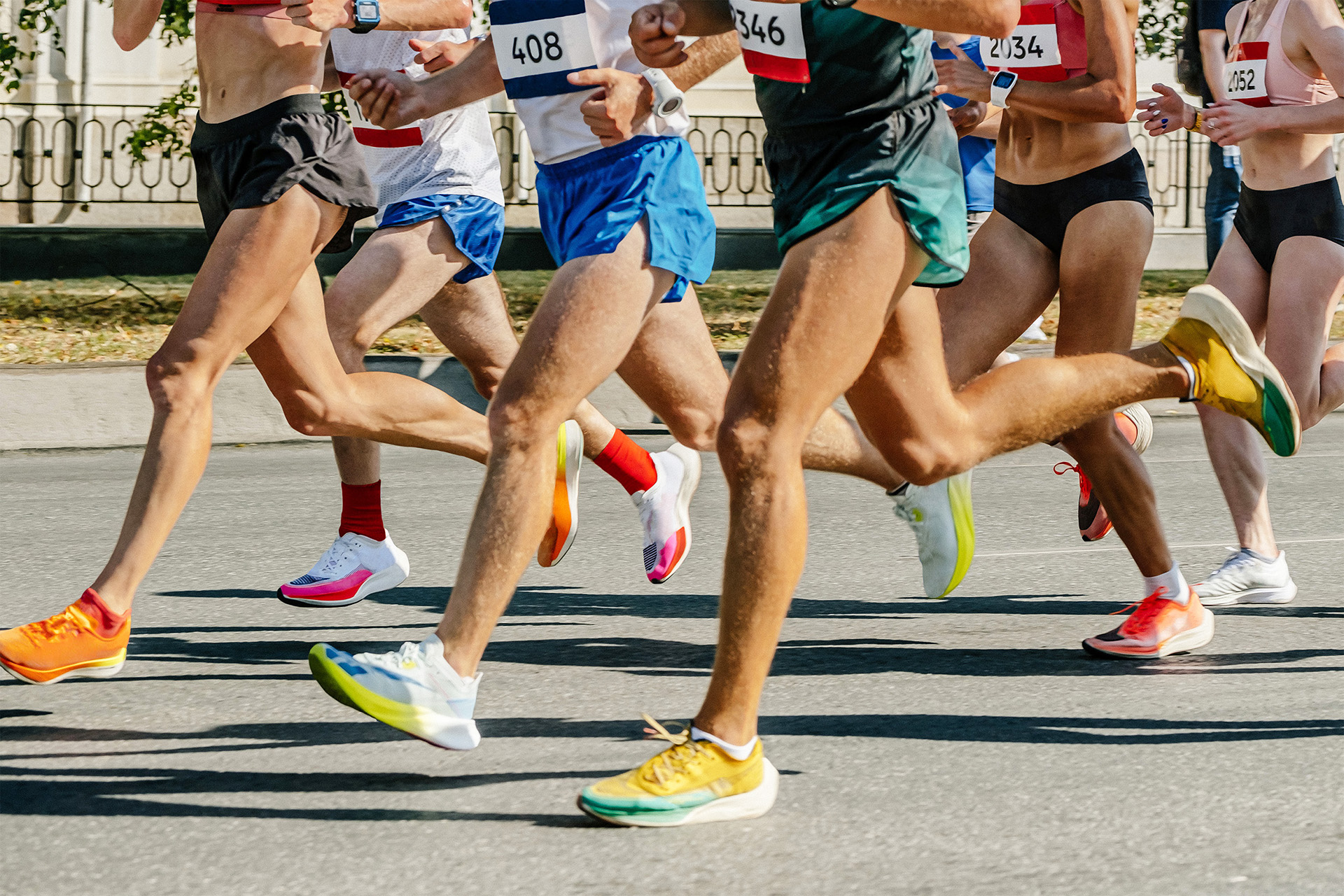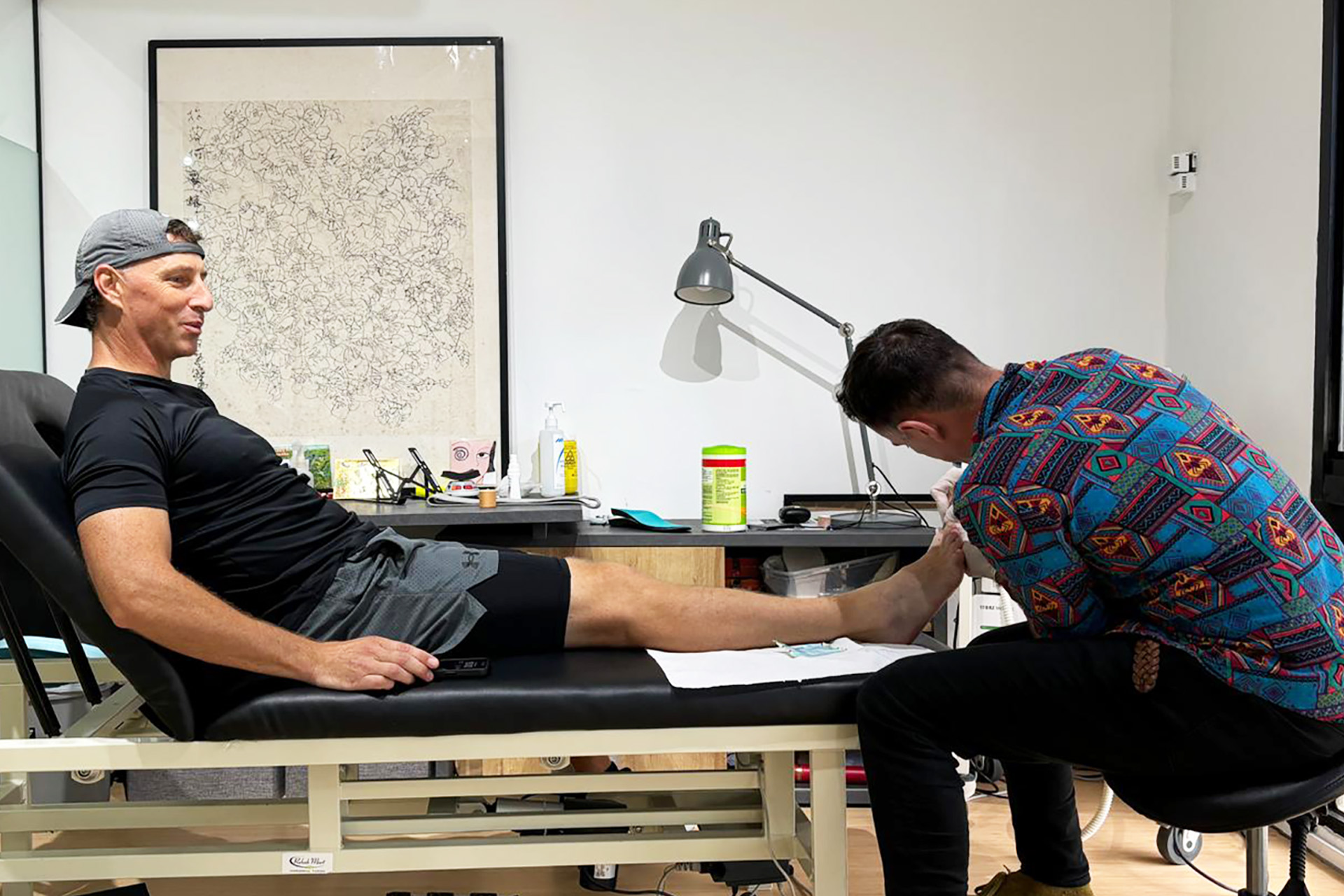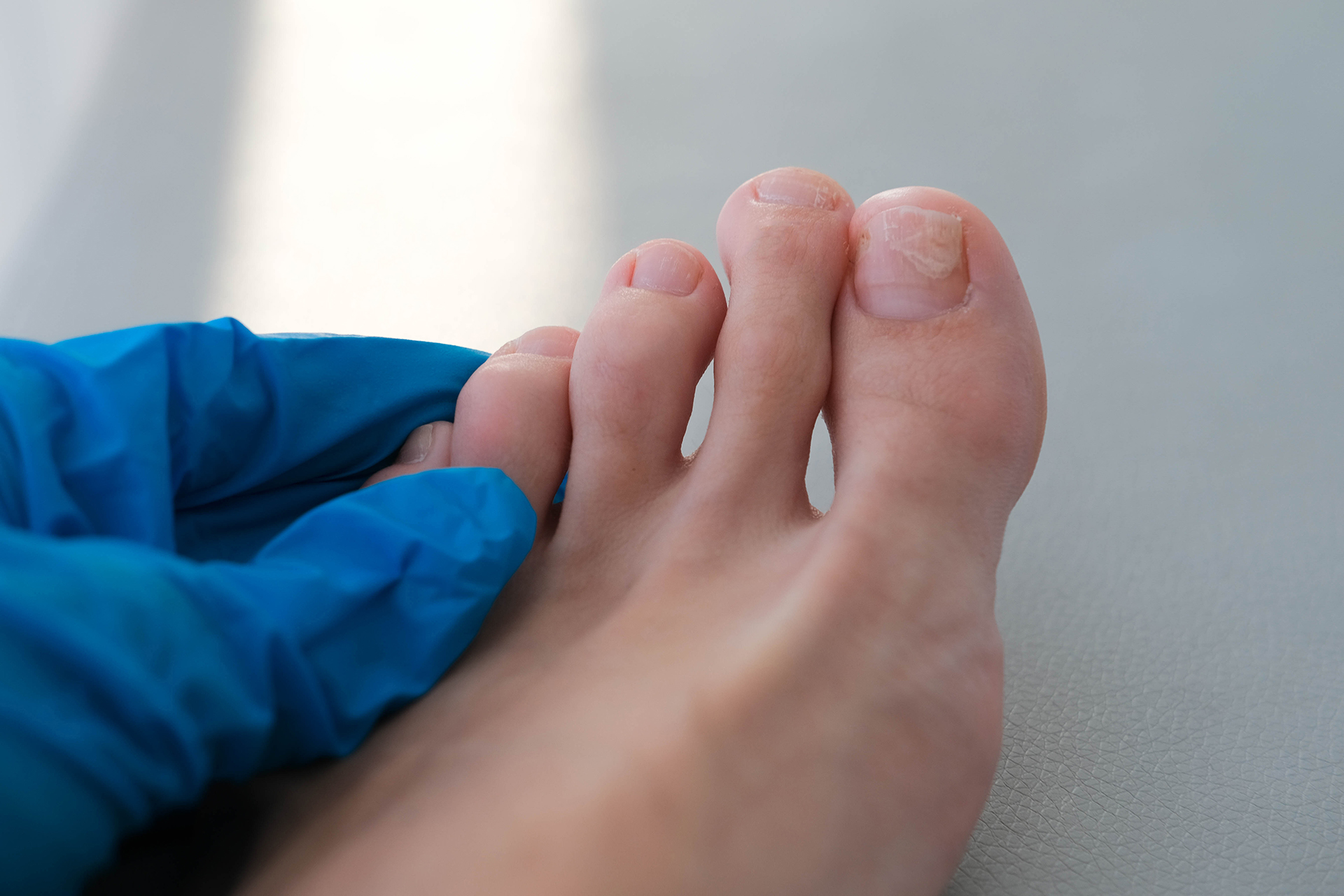Gait analysis examines your walking cycle, from one heel strike to the next. This process reveals how your body moves and balances itself. Abnormal gait can cause:
- Imbalanced movements
- Stress on joints and muscles
- Pain in unexpected areas
- Increased injury risk
By understanding your unique gait, we can identify and address issues before they become serious problems, improving your overall mobility and well-being.
Relationship between Movement, Musculoskeletal Pain or Health Issues
A 3D Gait Analysis results go beyond a simple examination of the feet. The analysis can reveal much about the relationship of the pain you’re experiencing as it relates to how your entire body moves or how you walk.
Hip pain, for example, may be caused by muscles that overcompensate to rebalance the body due to an inward rotation of the feet (intoeing or pigeon-toe) or the opposite, less common out-toeing twist of the leg. Or perhaps your back pain is directly related to the hamstring muscle, which creates tightening around a knee joint.
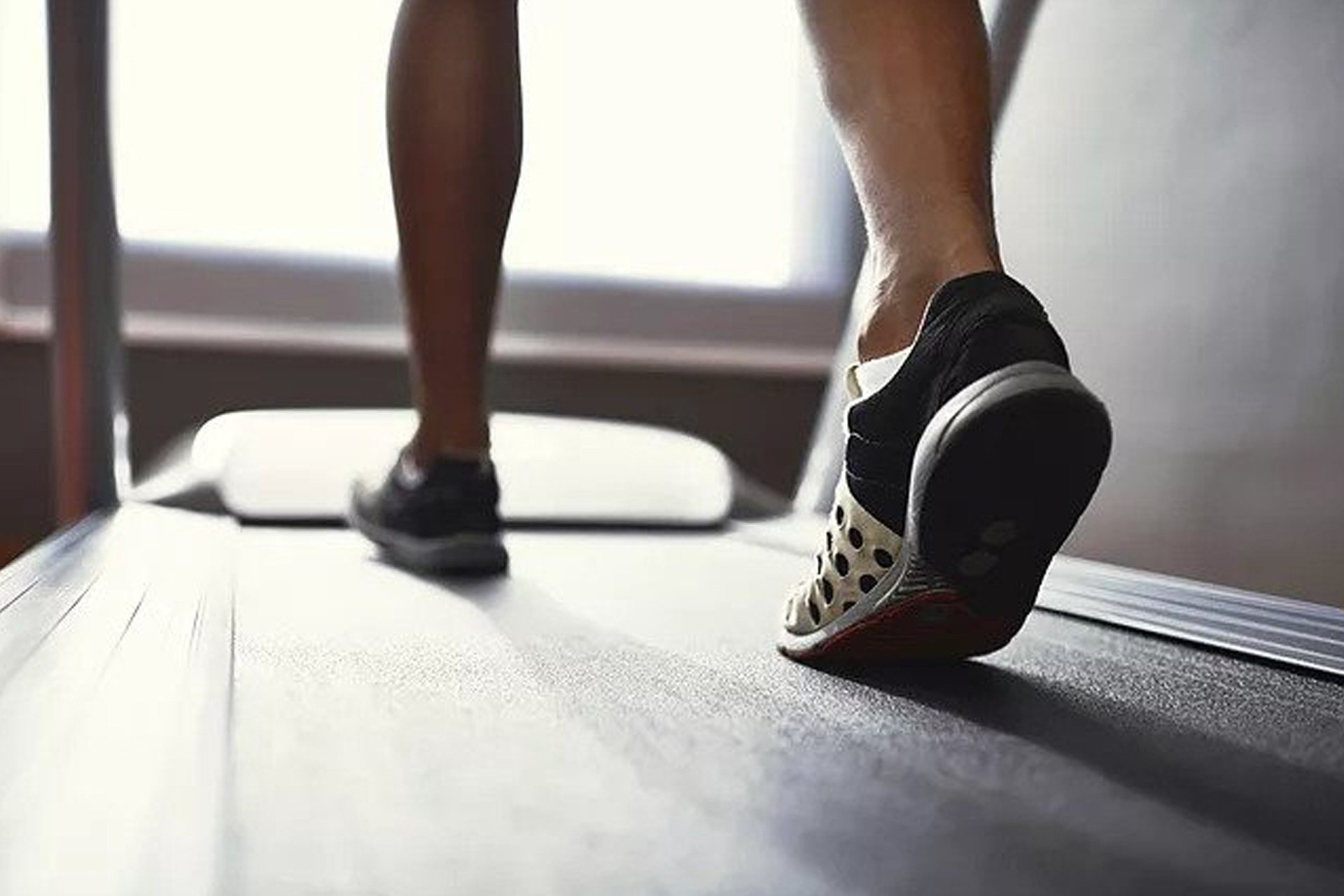
You may have asymmetrical gait or abnormal movement patterns for years before experiencing pain or a severe injury. Rather than waiting to see a podiatrist after an injury, identifying musculoskeletal issues can help alter movement patterns to prevent injuries, especially before they become chronic.
A 3D Gait Analysis system can improve balance, strength, range of motion, sports performance, and endurance. It can also pinpoint specific causes of pain, whether from musculoskeletal issues or more serious health conditions such as diabetes, multiple sclerosis, Parkinson’s disease, or arthritis that may result in altered gait patterns.
Through clinical gait analysis, the Foot Practice team will uncover the biomechanics of your body’s movement and create an evidence-based treatment plan. This helps your muscles, bones, and ligaments work efficiently together to prevent or rehabilitate injuries. Based on the gait analysis results, our podiatrist may recommend custom insoles or orthotic therapy.
The Difference Between A 3D Versus Normal Gait Analysis Methods
At The Foot Practice, our advanced 3D Gait Analysis breaks down biomechanical movements to:
- Pinpoint and prevent injuries at their root cause
- Provide data-driven insights to enhance sports performance
Our infrared technology measures 3D joint angles in real-time, allowing us to:
- Monitor outcomes and evaluate progress
- Quantify biomechanics
- Assess musculoskeletal risk factors
- Recommend evidence-based treatments
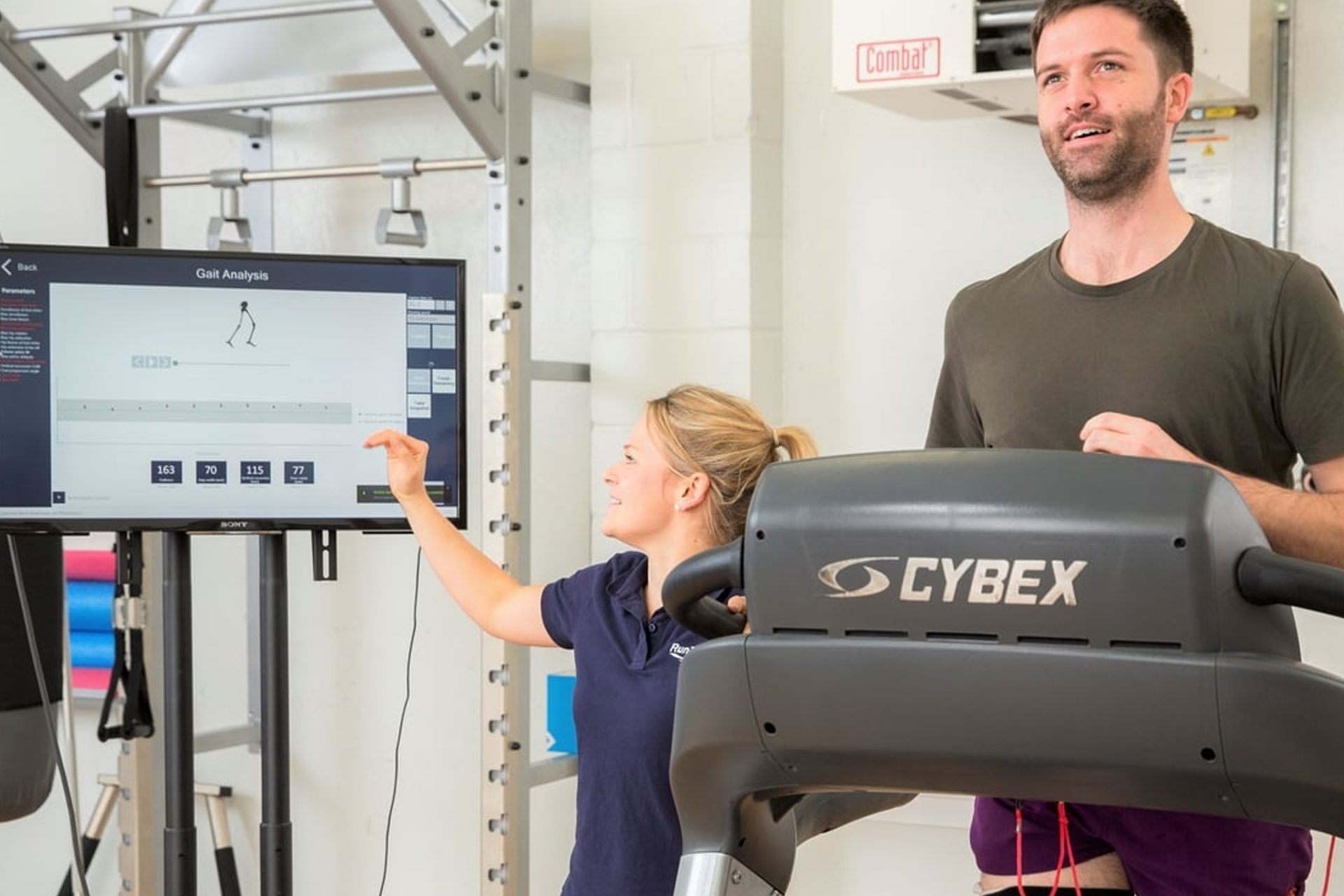
Data-Driven Using the same technology at elite sports performance centres, small reflective markers are positioned for infrared cameras to capture the specific anatomical landmarks at the ankles, knees, hips and pelvis 200 times a second. The data creates an accurate 3D skeletal model of your walking and running gait.
Real-Time 3D Your biomechanics are measured at different points in your lower body. As you move or run on a treadmill, the data from your movement is measured in real-time. The information is analysed against healthy, uninjured individuals – a control database of athletes – to uncover any potential dysfunction of movement or asymmetrical gait patterns.
Clinical Test The results of your gait analysis with a series of clinical musculoskeletal tests create the basis for a personalised, data-driven injury treatment plan or performance training program to improve strength, adapt a range of motion, and enhance function through aligning the body.
The Root Cause By analysing your unique biomechanical data, our podiatrists gain invaluable insight into how your body moves and functions. This enables our podiatry team to identify the root cause of your injury to develop an effective rehabilitation plan or to improve sports performance through the principle of marginal gains.
Tailored Plan The results of your assessment create the basis for a specific, tailor-made program just for you to prevent or rehabilitate an injury and improve your performance. Through our 3D Gait Analysis system, resolve injuries faster and reach your goals!
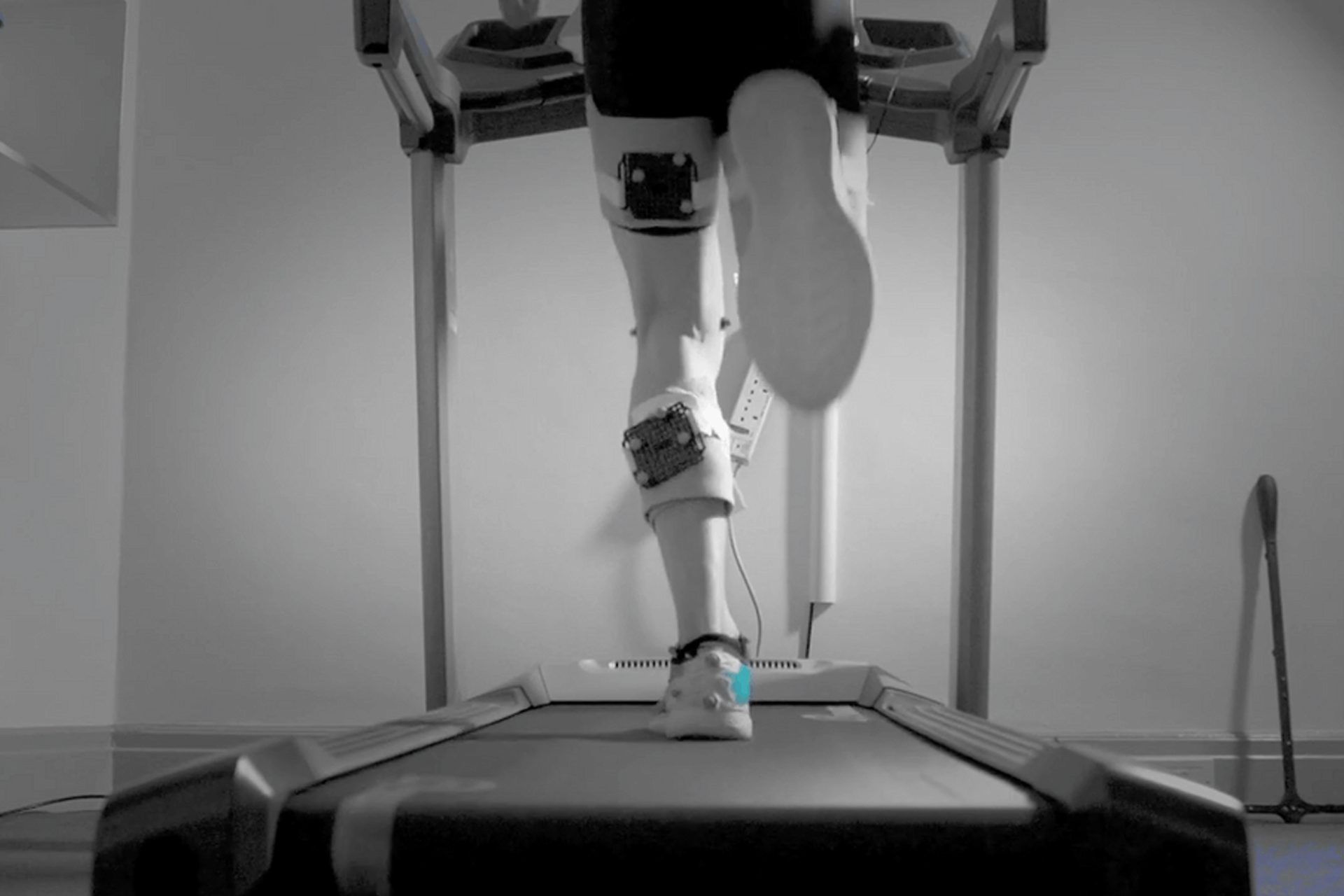
Ultimately, we aim to identify musculoskeletal dysfunctions or biomechanical abnormalities through gait to alleviate pain by correctly understanding a body’s kinematics to discover the root cause.
Clinical gait analysis theory and practice start with measuring the human gait cycle. Gait is a cycle that begins when one foot hits the ground and completes when the same heel contacts the ground again. In abnormal gait, the lower limbs can underperform to create imbalanced movements in other parts of the body, which can cause pain and injuries.
Treating Running Injuries
Running is a complex function consisting of a body’s musculoskeletal systems all coming together to create fluid movement. Due to the repetitive nature of running, the impact of kinematics may cause underlying issues such as niggling conditions that can result in serious, more complicated injuries that can adversely impact your training programme.
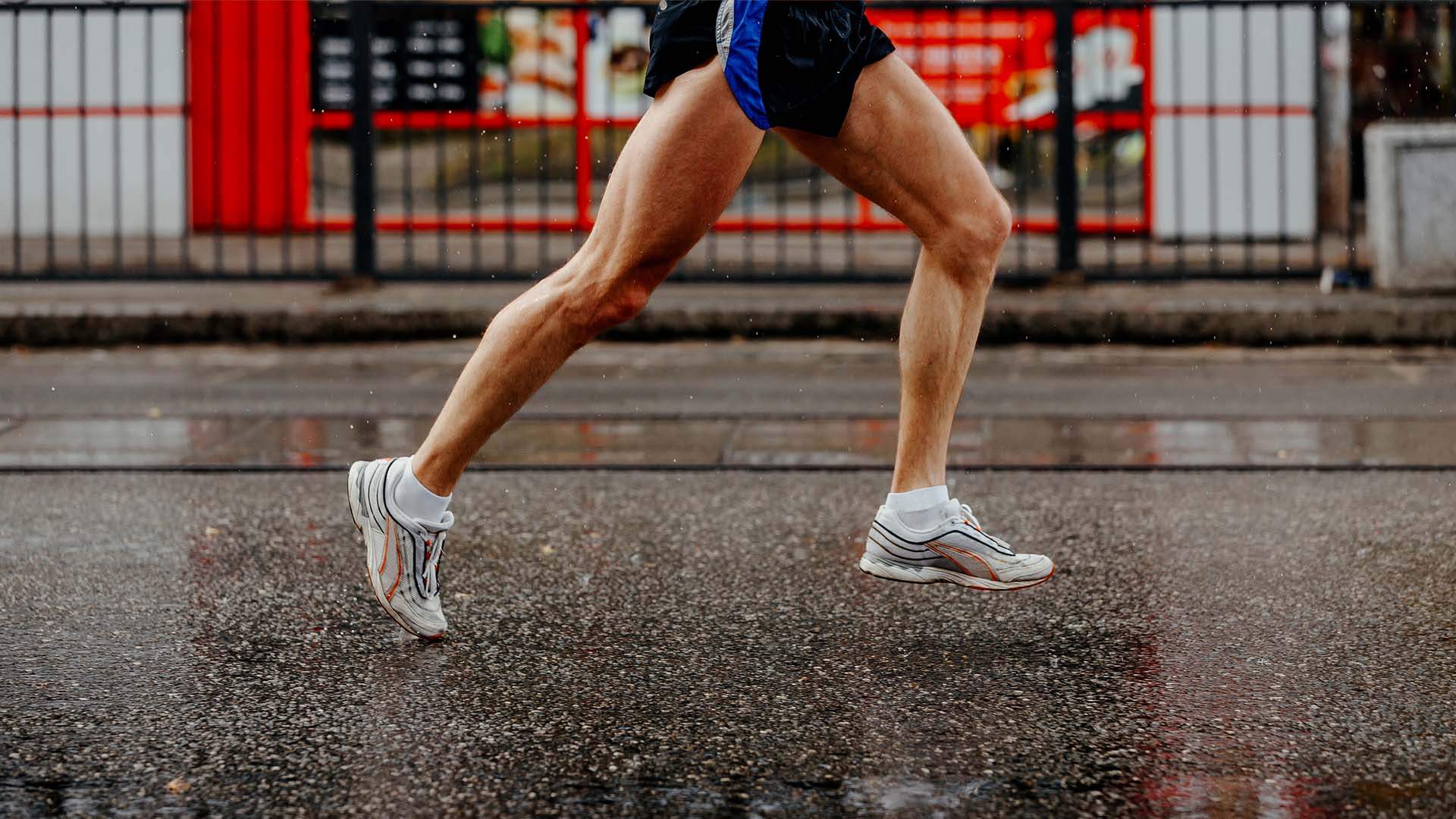
Treating a running injury is just as complex as running itself. Using 3D gait analysis to improve a runner’s performance and rehabilitate running injuries, our sports podiatrists can correctly identify the root cause. This is paramount and first and foremost in treating a foot and ankle, knee or lower limb, pelvic, hip or back pain injury.
Injuries affect both experienced triathletes and novice recreational runners alike. Whether you’re suffering from a first-time or recurring Achilles tendon, metatarsalgia, plantar fasciitis, Iliotibial band, calf or shin injury, The Foot Practice’s Sports Podiatry team can treat some of the most common injuries with a running gait analysis in Singapore. The assessment aids in the prevention and recovery from the most debilitating injuries.
Enhancing Sports Performance
3D Gait Analysis is typically reserved for elite athletes throughout the world. This revolutionary technology is now available at The Foot Practice to critically evaluate every aspect of your musculoskeletal movement. Marginal gain is a concept top-performing athletes are well familiar with. By making small incremental advances in training, significant improvements can be achieved. Real clinical insights to boost performance and reduce injuries can be provided by pinpointing slight imbalances.
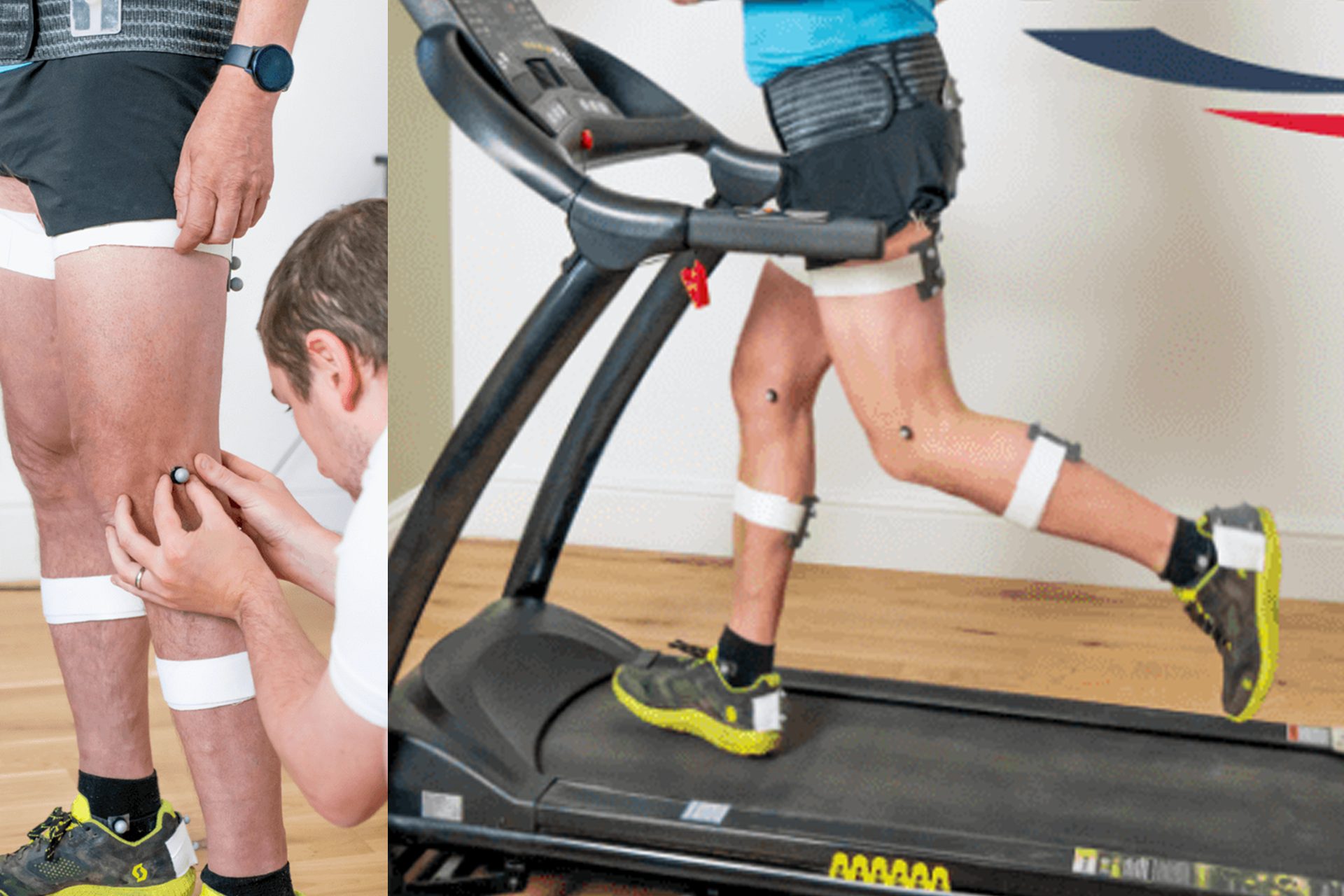
Through our biomechanical 3D Gait Analysis, we use real-time data to immediately rectify issues in gait to help your body move more efficiently. While monitoring training efficacy, we can compare different trials to, for example, instantly assess the best footwear or to make quantifiable gait adjustments that can effectively improve running outcomes and reduce the risk of injuries while training.
The Foot Practice’s 3D Gait Analysis monitors treatment outcomes, delivers the most appropriate rehab treatment plan, and assesses progress over time by correctly measuring asymmetries and detrimental patterns in your running gait to help you train better and run faster.
Whether you’re simply looking to relieve pain from walking, prevent or rehabilitate an injury, or seek that competitive training advantage, make an appointment with The Foot Practice today for your 3D Gait Analysis in Singapore.


